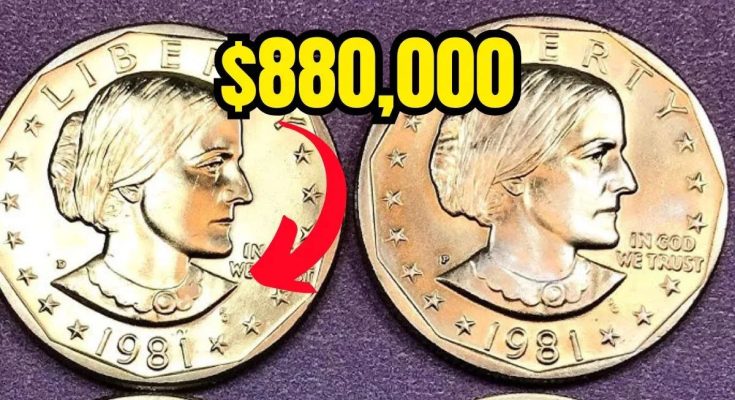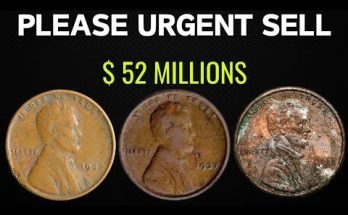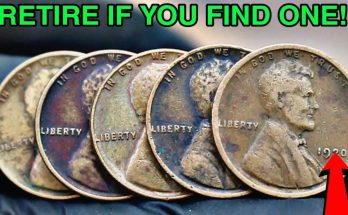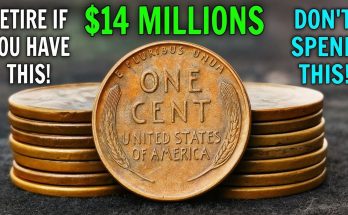Great Wolf Tattoo – Yes, it’s entirely possible. In the exciting world of coin collecting—also called numismatics—some dimes and bicentennial quarters still circulating today
The Susan B. Anthony Dollar: Separating Numismatic Fact from Fiction
The image presented, with its striking “$880,000” text, captures the tantalizing possibility that a seemingly ordinary coin could be a hidden treasure. In the world of numismatics, the study of currency, such a discovery is the ultimate dream. However, sensational claims like this often obscure the truth behind what makes a coin truly valuable. The two coins shown are Susan B. Anthony dollars, a series that holds a unique place in U.S. coinage history but is widely misunderstood. While some coins—including certain dimes and bicentennial quarters—can indeed possess significant value, the extraordinary price tag associated with these Susan B. Anthony dollars is, for all intents and purposes, a sensationalized myth designed to grab attention.
The Coin That Was Not to Be
Introduced in 1979, the Susan B. Anthony dollar was the United States’ first circulating dollar coin to feature a real woman. It was designed to replace the dollar bill, which was more expensive to produce due to its shorter lifespan. The coin featured an updated design of the eagle on the reverse and a portrait of the famous suffragist on the obverse. However, the coin’s initial reception was lukewarm at best. Its size and reeded edge were too similar to the quarter, leading to widespread confusion in daily commerce. People would often accidentally spend a dollar coin when they intended to use a quarter. As a result, the U.S. Mint halted production for general circulation after just three years, from 1979 to 1981, with a final production run in 1999 to fulfill a demand for vending machines. This short production window and the coin’s historical significance make it a fascinating piece to study.
Understanding True Coin Value: Beyond the Clickbait
The vast majority of Susan B. Anthony dollars, including the 1981 issues shown in the image, are worth only their face value of one dollar. The coins were produced in the hundreds of millions, and many were saved by the public in rolls or bags, leading to a large supply of even uncirculated examples today. For a Susan B. Anthony dollar to be worth a substantial amount, it must possess a rare and specific characteristic, such as a major minting error or a scarce variety.
The most famous and genuinely valuable variety is the 1979-P Wide Rim dollar. The “P” mint mark signifies it was struck at the Philadelphia Mint. This variety is distinguished by the coin’s rim being notably wider and closer to the date “1979” on the coin’s face. In contrast, the much more common 1979-P dollars have a “Narrow Rim” where the date sits farther from the edge. A true 1979-P Wide Rim dollar in mint state can fetch hundreds of dollars, and top-graded examples have sold for thousands. However, this rarity is tied specifically to the 1979-P issue and does not apply to the 1981 dollars.
The coins pictured are 1981-dated issues, which are not known for significant errors or varieties that command high prices. They are typically found in circulated condition, as these coins were in circulation for years. A circulated coin, which shows signs of wear and tear, holds no numismatic premium and is worth only its face value.
Deciphering a Muddled Caption
The provided caption contains a number of phrases that do not relate to the coins shown in the image. The phrase “Great Wolf Tattoo” is entirely nonsensical and has no connection to numismatics. Similarly, the reference to “dimes and bicentennial quarters” is likely a misattribution from another discussion or article. While it’s true that certain dimes (such as the 1982 “No-P” Roosevelt dime) and bicentennial quarters (especially those with a double-die error or in exceptionally high-grade condition) can be valuable, this has no bearing on the Susan B. Anthony dollar. These elements in the caption seem to be part of a larger, confused narrative, possibly from a clickbait video or website that groups disparate coin values together.
Ultimately, the image and its associated text serve as a cautionary tale. While the pursuit of a valuable coin is an exhilarating aspect of numismatics, it’s crucial to rely on reputable sources and expert knowledge. The true value of a coin is not determined by a sensational headline but by its historical context, rarity, condition, and any specific minting varieties or errors it may possess. The real treasure is in the education and the satisfying feeling of identifying a genuine rarity from a sea of common coins. The Susan B. Anthony dollar, a symbol of American history, stands as a great example of this principle.



